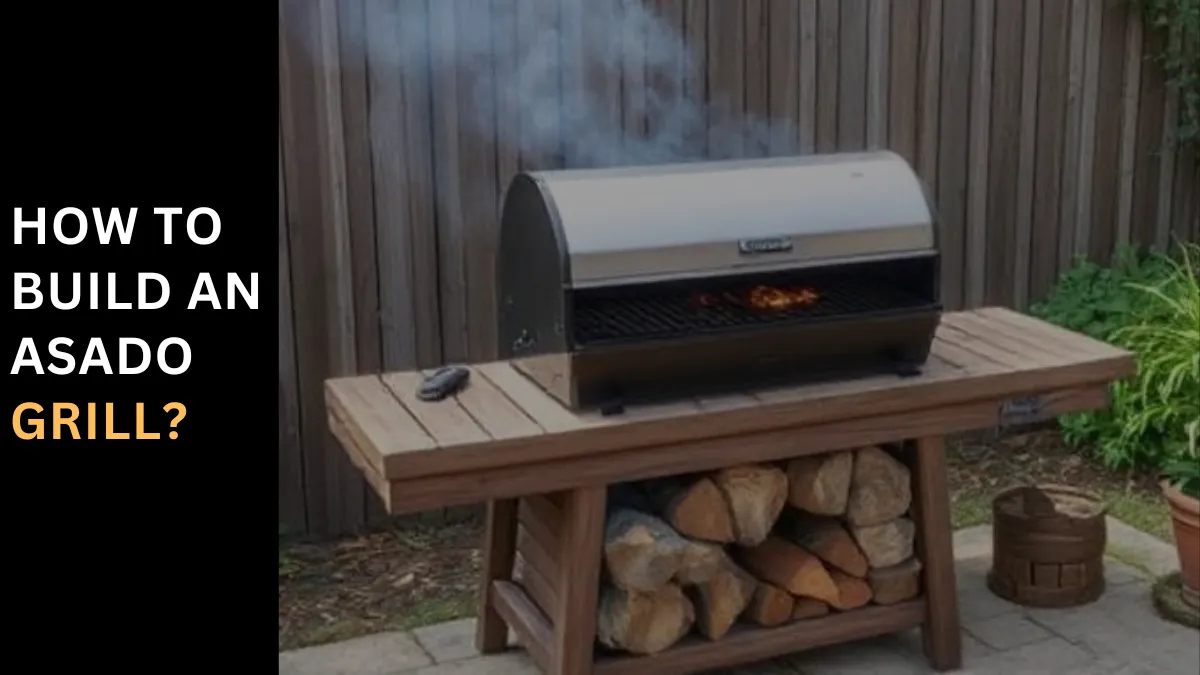How Long To Leave Meat Out Before Grilling?
4 Mistakes to Avoid When Cooking Steak
Cooking a steak at home, whether on the oven, stovetop, or grill, might seem easier than you think, but it’s crucial to start by avoiding some common mistakes. One of my favorite methods includes taking some simple but effective steps every time.
1. Cooking the steak straight from the fridge is an easy misstep. Rather than tossing it onto a hot skillet, plan to take it out and let it sit at room temperature for 30 minutes to an hour. This simple step helps the steak cook more evenly, avoiding the quick, uneven result of a well-cooked outside and an undercooked center.
2. Not seasoning the steak first is another error. Whether you’re cooking a filet or a fatty, full-flavored ribeye, failing to season with salt does a disservice to both flavor and texture. My tip? Don’t be shy; give your steak a whole lot more seasoning than you might think necessary. It helps to create a dry surface that can pick up a better sear.
3. Adding spices too soon to your steak can be detrimental to the flavor, especially with ground pepper or other steak seasoning. It’s best not to add these spices to the meat before it hits the hot skillet as they can burn quickly, reducing the chance for true flavor development.
My follow-up tip is this: If you’re sprinkling on other seasonings, you must wait until the steak comes off the heat. This allows the seasonings to work their way deep into the meat, giving an extra punch of flavor with every bite.
4. Keeping the heat too low while cooking a steak is a common error. A cooked steak’s universal trait should include a deep sear and a great crust on the outside. To achieve this, your skillet or grill must be hot enough.
Here’s a tip: You’ll want to crank the heat. Whether it’s your oven, grill, or stovetop, having a High temperature is essential for creating that perfect sear. Plan to use your broiler on high for a few minutes before adding the meat to the pan.
The Key to Juicy, Perfectly Cooked Meat? Let It Sit Out
In the world of food and its phobias like allium phobia (a term I stumbled upon in a Google search), the fear of leaving raw meat out at room temperature before cooking seems quite shocking to some people.
They might freak out as if seeing chicken out of the fridge requires hazmat suits. However, I’m here to reassure raw meat probes that with good, decent quality meat and practicing food safety and common sense, letting a piece of protein—whether it’s roasts or fish fillets—chill at room temperature can produce a juicier, evenly cooked result.
When it comes to quick-searing a relatively thin cut of meat
Regarding quick-searing a thin cut of meat, like a steak, understanding the difference between a cold center and one brought to room temperature is key.
For thick cuts, such as a big chop, or when roasting whole animals like chicken or turkey, tempering the meat to room temperature makes a big difference.
It’s basic logic: a tempered piece of meat will cook more evenly from the inside. This is particularly important for maintaining the correct internal temperature—135° for and 160° for poultry.
Meat cooked in a 325°-oven that’s been tempered ensures the thickest part, like the breast, reaches the ideal temperature before the closer surface areas overcook, leading to even cooking and less moisture loss, hence, a juicier outcome.
For those who love quick-searing a thin cut of meat, like a steak, it might sound crazy to wait hours for the meat to reach the perfect tempering temperature of 72°. However, taking the internal temperature into account before you start cooking is crucial.
The long time it takes to bring the meat up to room temperature after taking it out of the fridge is indeed worth the wait.
When you let the meat start tempering for enough time, you have a better chance of searing something like a chop perfectly. It’s essential to thoroughly pat the meat dry to develop a browning on the surface much faster.
Let’s just be clear:
Let’s just be clear: I’m not saying to leave your chops on the table, under the sun, for hours. Rather, I advocate for smart food safety practices when handling raw meat to prevent food-borne illness.
This includes washing hands both before and after handling the meat, avoiding cross-contamination on cutting boards, using designated tongs that haven’t touched other ingredients, and thoroughly washing all utensils first.
Get a good, instant-read thermometer to ensure your meat is cooked to the right temperature. And take deep breaths; don’t panic. Remember, cooking shouldn’t involve a hazmat suit.
Top Grilling Tips
Befriend your butcher. Buy good quality meat from a shop or supermarket meat counter and Avoid prepackaged steaks in plastic wrap which traps moisture.
Look for marbling. Those Thin, white streaks of fat make your steak more juicy and add flavor.
Warm up your meat. Take it out of the fridge 30 minutes before grilling to reach room temperature; freezing-cold meat won’t cook evenly.
Pare down your tools. You don’t need elaborate equipment for a tasty grill; a solid pair of tongs and a brush will do.
Give your grill time to preheat until it’s hot. You should be able to hold your hand over the grates for only a few seconds.
Don’t move the meat around. Let the steak develop a seared crust before moving or flipping it.
Use the touch test to Check for doneness. A tool as simple as your finger can tell if it’s rare (soft and spongy), medium (springs back when pressed), or well-done (firm).
Let it rest. Once off the grill, wait a few minutes before slicing to let the juices settle back into the meat.
Conclusion
In conclusion, the key to perfect grilling starts well before the meat touches the flames. Allowing meat to reach room temperature, typically for about an hour, ensures even cooking and optimal flavor.
However, it’s crucial to adhere to food safety guidelines; raw meat should not be left out for more than two hours, or one hour in hotter temperatures.
Post-cooking, resting the meat is equally important, with smaller cuts requiring a shorter rest time compared to larger roasts. Remembering these simple yet effective steps can elevate your grilling experience, ensuring delicious, juicy, and safely prepared meals every time.
People also ask
How long can raw meat sit out?
When considering food safety, raw meat should not sit out for more than two hours. This limit is essential for keeping food safe outside of the refrigerator or freezer. If the outside temperature is 90 °F (32.2 °C) or above, then this time is reduced to just one hour.
Do you need to bring steak to room temperature before cooking?
Allowing your meat to reach room temperature ensures an even cook all the way through. When cold meat hits a hot pan, it can cause the muscle fibers to tense up. It’s best to Get your steak out ahead of time, allowing 30-40 minutes for an ample 500g steak.
How long to leave ground beef out before cooking?
For ground beef, keeping bacterial levels low is essential. Store it below 40 °F (4.4 °C) and use within 2 days, or freeze it.
Any perishable food, including ground beef, should not be left at room temperature for more than 2 hours, or 1 hour if the temperature is above 90 °F (32.2 °C).
How long to leave the beef joint out before cooking
For large joints of beef, like a beef joint, remove it from the fridge one hour before cooking to let the meat reach room temperature. This ensures it will cook evenly.
Smaller joints may only need about 30 minutes. It’s essential to remove any excess fat, which adds flavor and keeps the meat moist, particularly if you prefer your meat to eat more on the simply seasoned side after it’s cooked.
How long to leave beef tenderloin out before cooking
When preparing a Beef Tenderloin Roast, it’s best to thaw it first, then remove the roast from the refrigerator for at least one hour but not more than two hours before cooking. This allows the roast to come to room temperature and is the perfect time to season it well.



